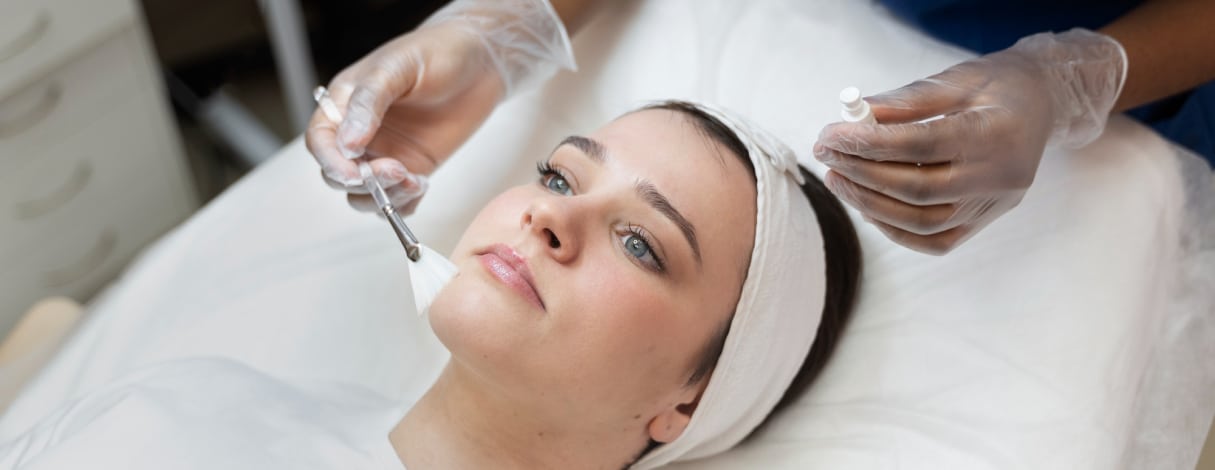
Over the past decades, chemical peels have emerged as a prominent solution in dermatology and aesthetic medicine, driven by their ability to address a wide range of skin concerns effectively. Recent statistics from the American Society of Plastic Surgeons highlight a significant rise in the popularity of chemical peels, underscoring a growing demand among individuals seeking skin rejuvenation treatments.
This surge is not only influenced by media portrayal but also by advancements in peel formulations and techniques, reflecting an evolving landscape in non-invasive cosmetic procedures. As practitioners navigate these developments, understanding the diverse applications and benefits of chemical peels becomes crucial in meeting the expectations and satisfaction of today’s discerning patients.
In recent years, chemical peels have surged in popularity, driven by increasing consumer demand and media promotion. According to the 2017 Plastic Surgery Statistics Report by the American Society of Plastic Surgeons, approximately 1.4 million individuals opted for chemical peels, marking a notable increase from previous years. This growth underscores the rising preference for these treatments among patients seeking effective skin rejuvenation solutions.
Chemical peels serve various purposes, primarily targeting conditions such as scars, acne, pigmentary issues, and UV-induced skin damage. The choice of peel depth—superficial, medium, or deep—depends on the specific skin concern and desired outcomes. Superficial peels, for example, are effective for addressing acne and superficial scars, requiring minimal downtime and offering gradual improvements with repeated sessions.
Many practitioners combine different chemical agents to enhance treatment effectiveness. Combinations like Skin Tech’s Easy Phytic Peels or ZO’s 3Step Stimulation Peel utilize multiple acids to achieve synergistic effects, tailored to specific skin conditions and patient needs.
The field of chemical peels continues to evolve with advancements in formulations and techniques, reflecting a growing trend towards non-invasive aesthetic procedures. Practitioners must stay updated with these developments to provide optimal treatment outcomes and patient satisfaction.
By adapting to these changes and understanding patient expectations, practitioners can navigate the evolving landscape of chemical peels effectively, ensuring safe and effective treatments tailored to individual skin needs.
Join our newsletter to receive latest news and offers

Medicle MD Ltd
Reg. Number: 14317237
Address: 27 Old Gloucester Street,
WC1N 3AX London,
United Kingdom